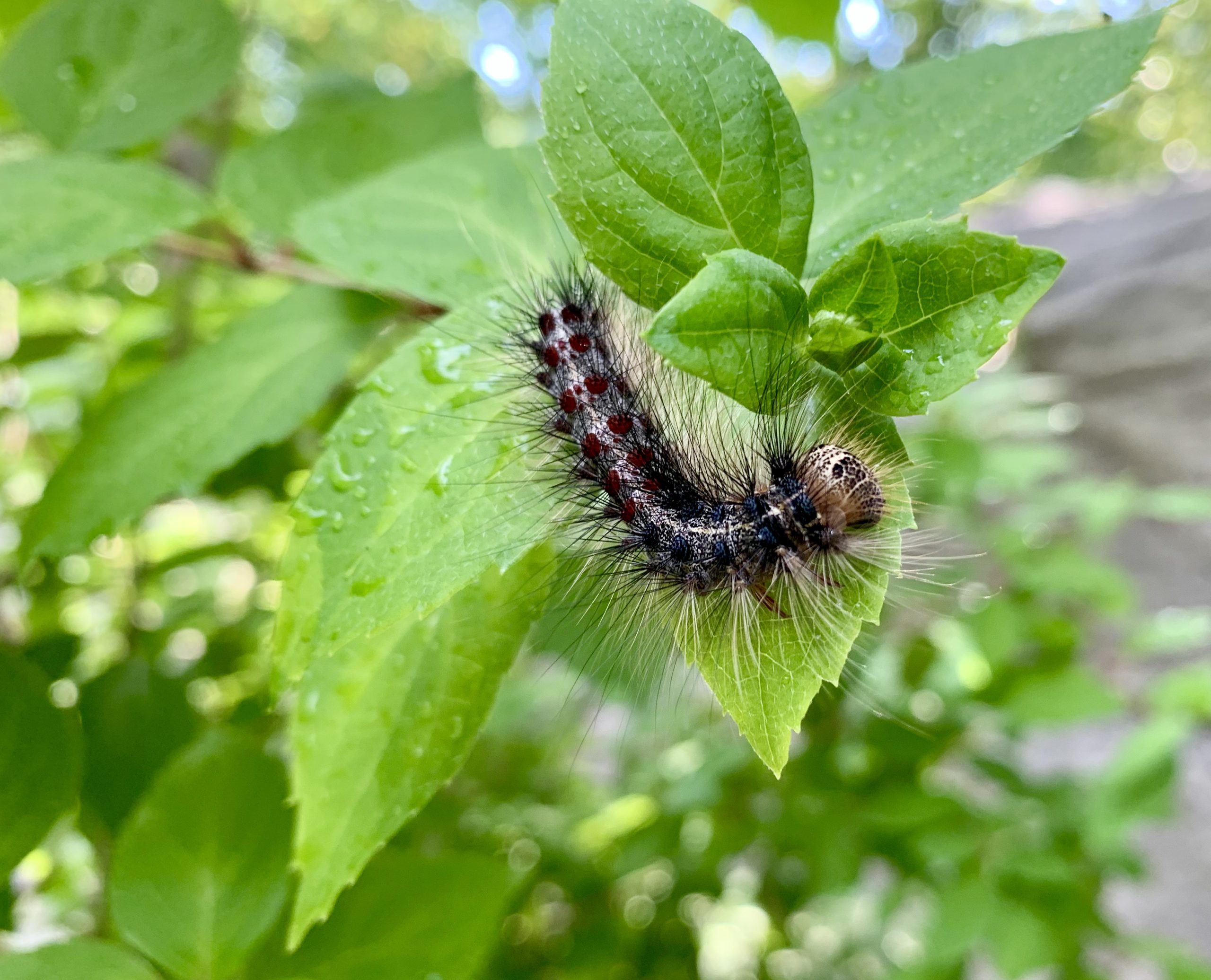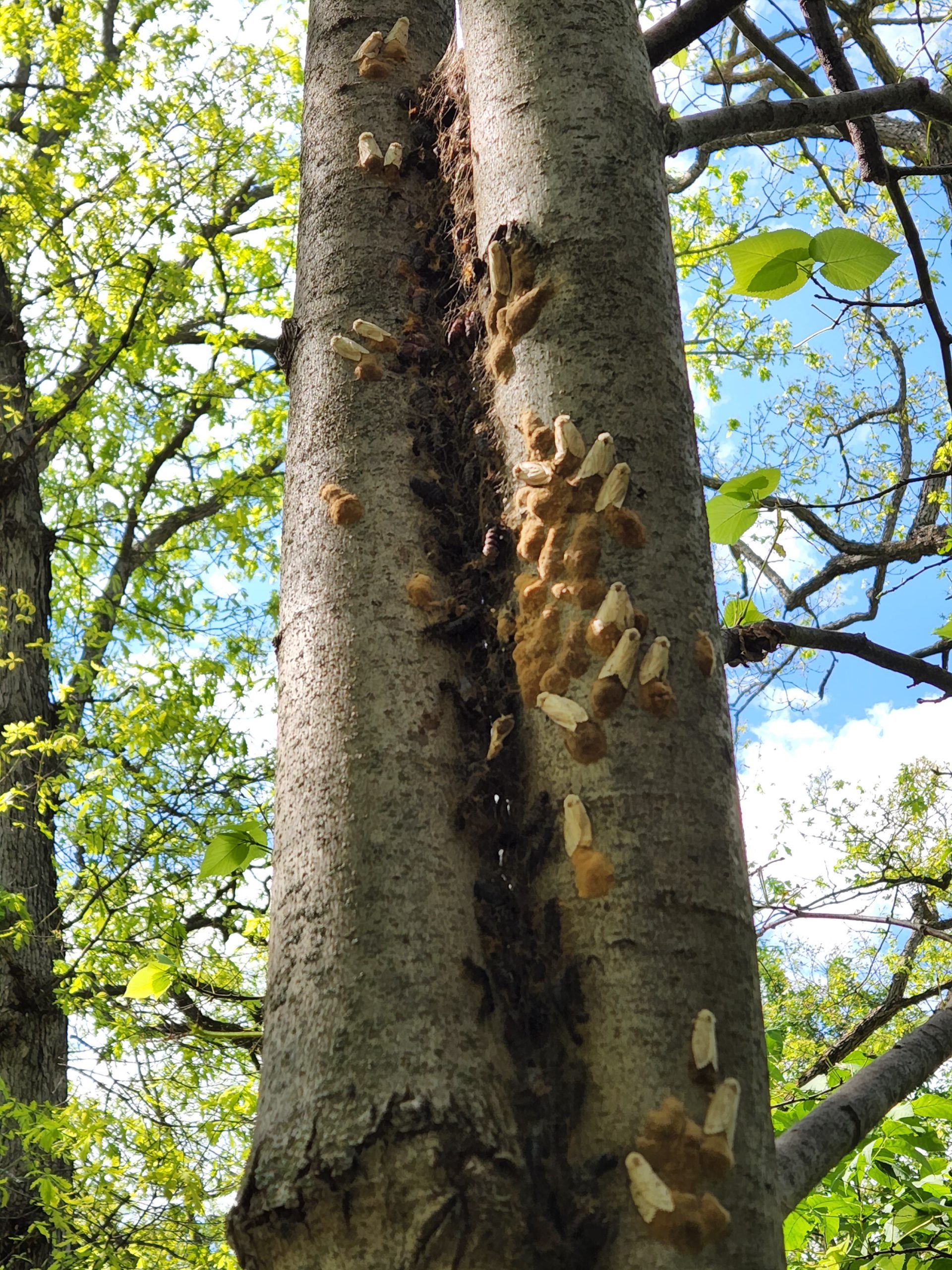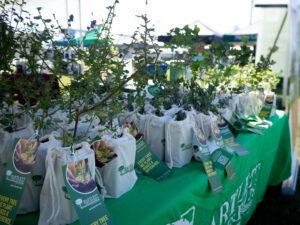Spongy moths (formerly called gypsy moth) feed on many plant species, but do tend to favor certain trees and shrubs. When pest populations are high, you can expect to see damage on the leaves of many plants. However, researchers have extensively studied and observed this voracious pest to determine the susceptibility of various species. If you live in an area where spongy moth is common, consider planting unfavored hosts. If you already have the favorite “foods” of these caterpillars on your property, preventative treatments are a good way to help in management and minimizing leaf damage.

Spongy Moth Host Preferences
Even the list of most-preferred trees and shrubs of the spongy moth is long. When available, caterpillars will readily choose many common trees including oak, beech, birch, apple and poplar species. If these options aren’t available, or if they’ve already been depleted, the insects will move on to other choices. These secondary favorites are less likely to experience significant damage, except when infestations are very heavy. In areas where certain elm, dogwood, cherry, maple and pine species are prevalent, serious outbreaks are less likely.
Unfavored Tree and Shrub Species
While spongy moth is not particularly selective, there are some species it rarely eats. The pest will not be able to sustain itself when these species dominate the ecosystem. These species include arborvitae, ash, azalea, holly, juniper and sycamore.
Symptoms of Infestation
Spongy moth is found throughout the northeastern U.S., though populations fluctuate greatly from year to year. Weather, pest predators and other factors influence the number of caterpillars. When infestations are heavy, these pests can defoliate an entire tree in just a few days. This is because the larvae are big eaters and can consume as much as one square foot of foliage in a day. The fuzzy, tan-colored egg masses are one of the early signs. These masses are about one inch in length and each can contain hundreds of individual eggs. You can see them on tree bark or nearby surfaces. Once the eggs hatch in spring, the larvae will be quite small, but nonetheless hungry.

As they feed, small holes can be seen in leaves. This damage progresses to ragged-edged foliage and then complete loss of of leaves in some, or all, of a tree or shrub.



